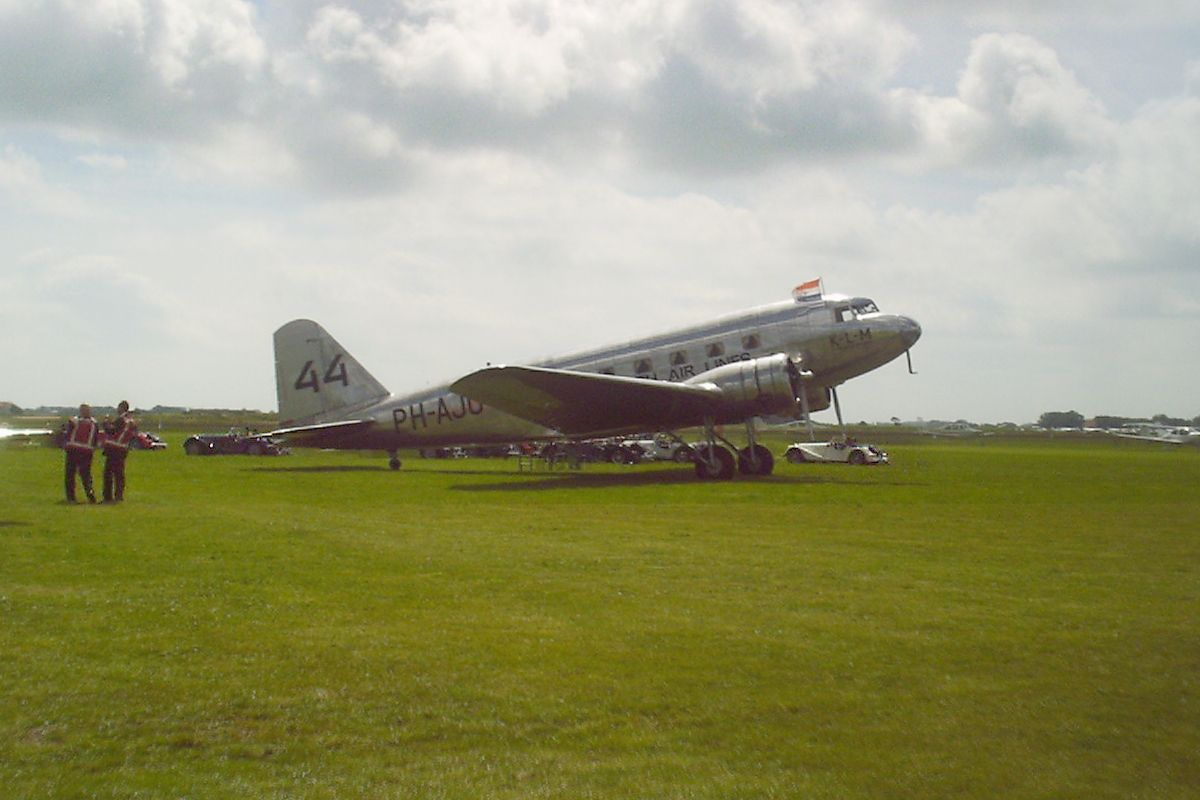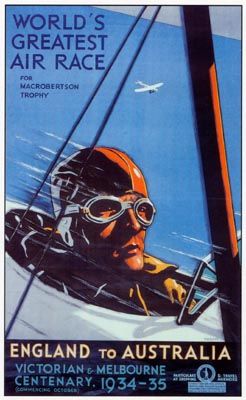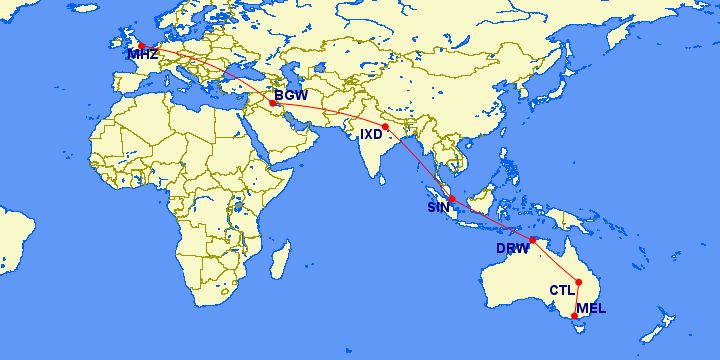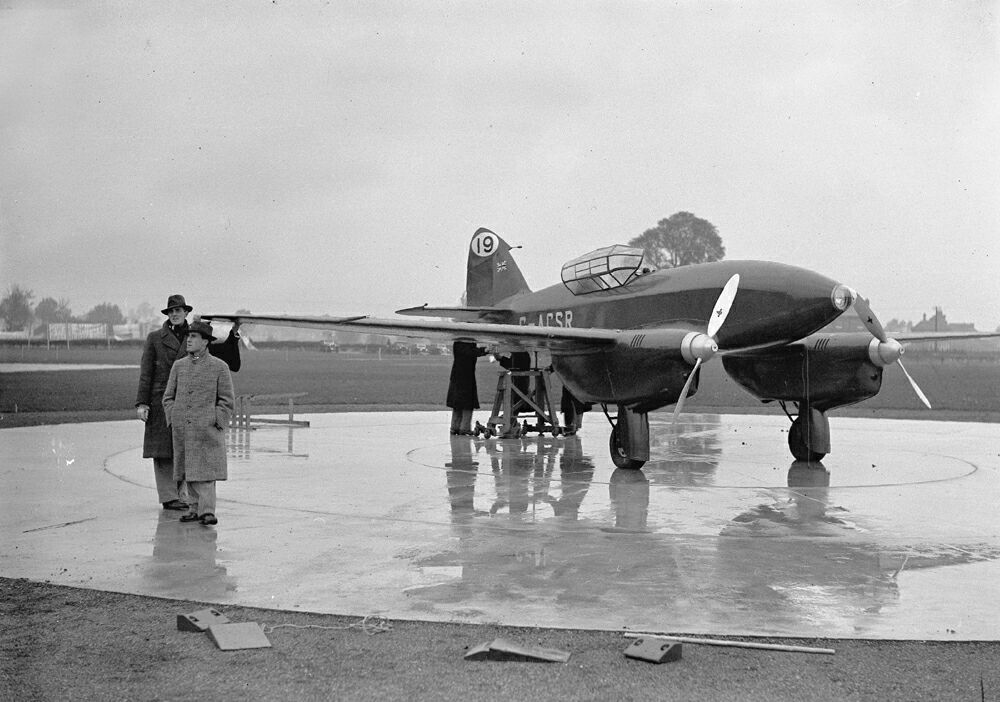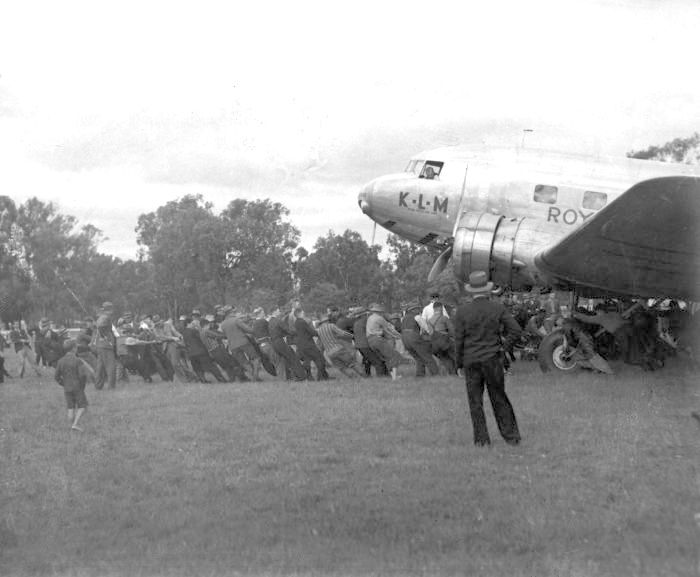There was once an air race between England and Australia to celebrate the 100th anniversary of the founding of Melbourne in Victoria, Australia. The race was organized by the state government and sponsored by Australian confectionary king and philanthropist Sir Macpherson Robertson.
The first crew to arrive at the Flemington Racecourse in Melbourne would receive a prize of £10,000 and a gold trophy. All the other competitors who completed the race in less than 16 days would receive a gold medallion to commemorate their achievement.
Stay informed: Sign up for our daily and weekly aviation news digests.
Only 20 aircraft took part in the race
Initially, there were 64 entrants from 13 countries, but by the time of the race, all but 20 had dropped out. Any aircraft could participate in the race, and there was no limit to the crew size. However, the rules stated that no pilots could enter the race after the plane left England and that each aircraft had to have enough rations for three days for every crew member.
The pilots were free to fly a route of their choice but had to make five mandatory stops in Baghdad, Iraq; Allahabad, India; Singapore; and Darwin and Charleville, Australia, before arriving in Melbourne.
Love aviation history? Discover more of our stories here
The race involved a wide selection of planes
The race involved three purpose-built de Havilland DH.88 Comet racers and three airliners: a Boeing 247D, a Douglas DC-2, and a de Havilland DH.89 Dragon Rapide. The rest of the aircraft comprised new American all-metal planes and old transports.
The race commenced at 06:30 on October 20, 1934, from RAF Mildenhall in Suffolk. First to take off were Jim and Amy Mollison in the Comet Black Magic a de Havilland DH.88 Comet. The rest of the racers took off in 45-second intervals.
Jim and Amy Mollison were the early leaders but were forced to abandon the race in India due to mechanical problems. This allowed for Flight Lt. C. W. A. Scott and Captain Tom Campbell Black to take the lead in their DH.88 Comet. Despite having issues with the oil pressure and being forced to throttle back the engines, the pair arrived first to win the prize. Second and third place went to a Dutch KLM DC-2 and to American aviator Roscoe Turner piloting a Boeing 247-D.
All three planes completed the race in less than three days, a remarkable feat considering the distance. Of the 20 planes that started the race, only nine finished, with the last to arrive, the Dragon Rapide, on November 3, 1934.
The KLM DC-2 had to make an emergency landing
After getting lost in a thunderstorm while flying over New South Wales, the KLM DC-2 was low on fuel and needed to land. Aware of the situation chief electrical engineer of the post office, Lyle Ferris, used the town's streetlights to signal to the crew using Morse code. At the same time, radio announcer Arthur Newnham appealed to the residents of Albury to go to the local racecourse and use car headlights to mark out a runway for the plane to land.
The DC-2 landed successfully and was pulled out of the mud the following morning to continue to Melbourne and win the second-place prize. In gratitude to the town of Albury, KLM made a significant donation to the local hospital and arranged for the mayor of the town Alf Waugh to be awarded a noble Dutch title.

